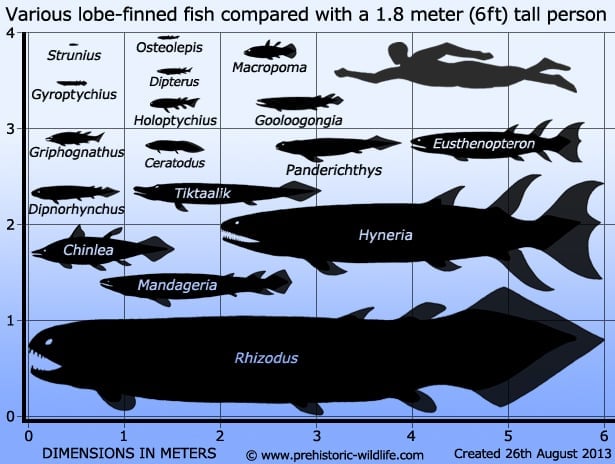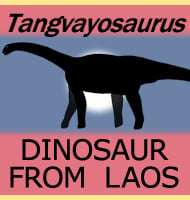In Depth
Rhizodus is the type genus of the Rhizodontida, a fairly large group of lobe-finned fishes, many genera of which are known from deposits in Australia. Most remains of Rhizodus however are known from Ireland and Scotland, though some reports suggest that Rhizodus might have also been active in North America as well, something that is plausible given that North America and Europe were not separated by the Atlantic during the Carboniferous.
Out of all of the rhizodonts, Rhizodus seems to have been the largest of the group. A single jaw of Rhizodus has been measured at just a little under one meter long, indicating that the individual it belonged to would have been six, possibly as much as seven meters long. This means that Rhizodus might have even been just a bit longer than the largest recorded Great White shark (Carcharodon carcharias) which was accurately measured at just a bit over six meters long. The teeth of Rhizodus were also long and fang-like, and as much as twenty-two centimetres long. These teeth and large physical size suggest that Rhizodus were apex predators that hunted other large fish, primitive sharks and probably even temnospondyl amphibians.
Further Reading
- On the structure of the lower jaw in Rhizodopsis and Rhizodus - R. H. Traquair. – A new species of rhizodontiform sarcopterygian fish (Sarcopterygii: Rhizodontiformes) from the Lower Carboniferous of the Moscow Region. – Paleontological Journal. 56 (4): 431–440 – A. Y. Smirnova – 2022.











